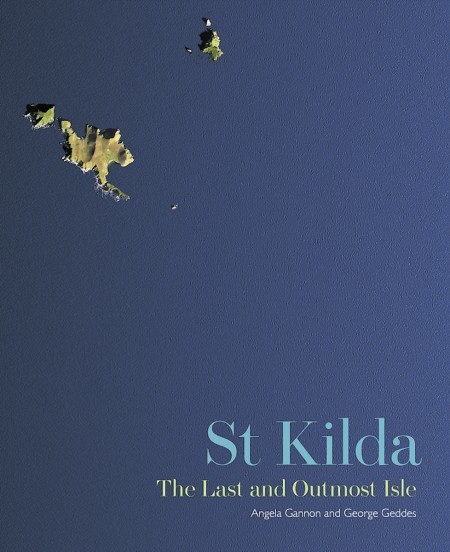Hardback by Royal Commission on the Ancient & Historical Monuments of Scotland, £25
This book aims to overturn the popular perception of St Kilda as a community isolated from the rest of the world and does this by combining the results of the most detailed archaeological survey of the
islands ever undertaken, complete with rare and previously unpublished and fascinating images of the archipelago and its people.
Authors George Geddes and Angela Gannon spent more than nine months living and working on the islands as part of an eight year project to research its rich and diverse history.
Found 100 miles off the west coast of mainland Scotland and often referred to as the ‘islands at the edge of the world’, St Kilda is one of only 27 locations in the world to have been awarded dual World Heritage Status by UNESCO in recognition of both its natural and cultural significance.
In 1930 the last inhabitants of St Kilda were evacuated from the islands – at their own request.
The book includes a unique collection of rare and never before seen images, including black and white photographs from the late 19th and early 20th centuries, and a series
of new contemporary aerial and field images.
Pictures cover a range of subjects including the dramatic landscape; candid imagery of St Kildans going about their daily lives; the arrival and growth of tourism in the late 19th century; the evacuation of the islands; the military re-occupation in 1957 as well as survey expeditions by naturalists, conservationists and archaeologists, including rare imagery taken by the Scottish climber and broadcaster Tom Weir, all of which make for a fascinating book.
George Geddes, the book’s co-author and archaeologist at Historic Environment Scotland, said: “St Kilda is one of the most mythologised and misunderstood places on earth. Most of us view the islands with the romantic notion of the people as a lost tribe, removed from civilisation. What we have discovered is that this was never really the case. Throughout its human history, St Kilda has always been connected to a network of communities scattered across the north western seaboard and Highlands of Scotland.”

